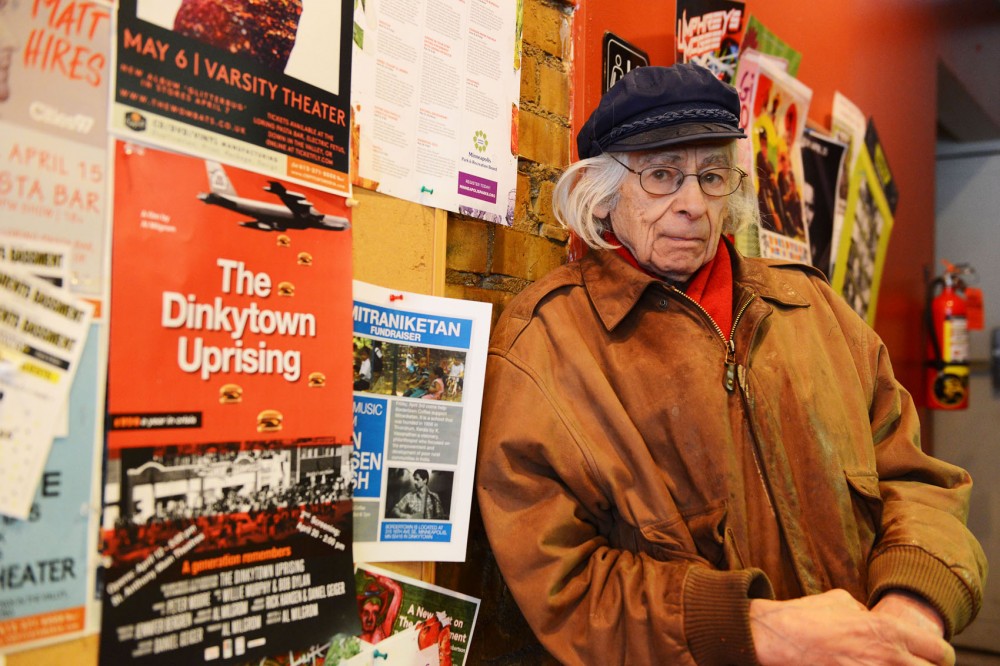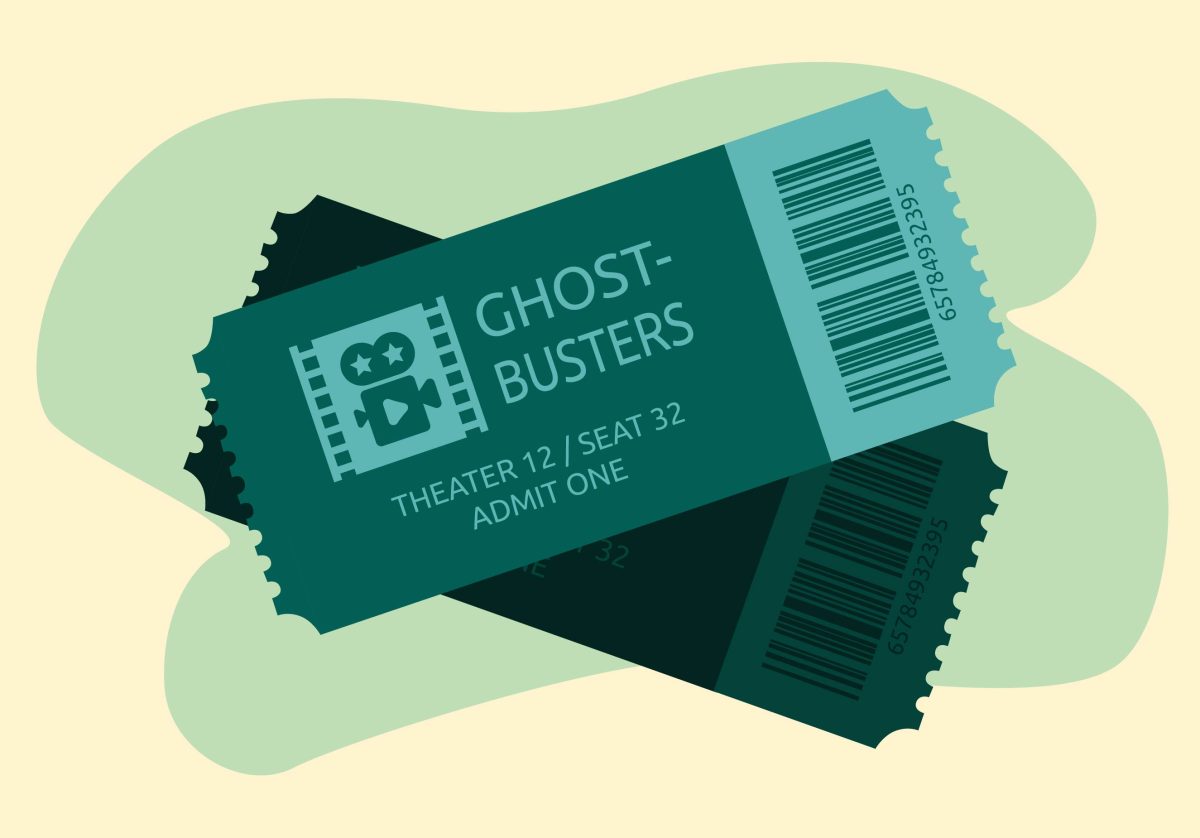While making his rounds in Dinkytown, local independent filmmaker Al Milgrom, 92, stopped at a campus luxury apartment complex to discuss his latest film, âÄúThe Dinkytown Uprising,âÄù with the buildingâÄôs developers. He said he was shocked by their lack of knowledge regarding the areaâÄôs provenance. âÄúI said, âÄòDo you know much about Dinkytown?âÄôâÄù Milgrom said. âÄúJust [at] the mention [of] the word âÄòDinkytownâÄô they did a double take. They didnâÄôt know that this was some historic community âÄî for them, it was just putting up a high-rise as part of their corporate structure.âÄù âÄúThe Dinkytown UprisingâÄù is MilgromâÄôs pet project. After 10 years of production, it debuts this Sunday at the Minneapolis/St. Paul International Film Festival, which Milgrom founded during his tenure as head of the Film Society of Minneapolis St. Paul. The documentary recounts the 40-day occupation of Dinkytown that occurred in the spring of 1970 when a Red Barn fast-food franchise wanted to open in Dinkytown. A strong, anti-corporate movement led by students who voiced opposition to the potential development encroaching on their turf repelled the restaurantâÄôs opening. Few documentary makers could capture the areaâÄôs transformation with as much deft as Milgrom. His locality, relentless tenacity and passion for the neighborhoodâÄôs history make the film succeed. The idea for âÄúThe Dinkytown UprisingâÄù germinated in MilgromâÄôs head in the 1990s. Since then, heâÄôs put in time gathering interviews and culling old footage. The strong effort is apparent in the filmâÄôs final product. âÄúIn one case, I had to hire a private detective âĦ to find out where Robert Lafferty was âÄî the guy who wanted to come in and do the Red Barn restaurant,âÄù Milgrom said. âÄú[The] Red Barn [chain] went belly-up in 1986, and I needed to find out where he ended up.âÄù Lafferty ended up in Florida but was on his deathbed when Milgrom tried tracking him down. Since LaffertyâÄôs family wanted nothing to do with the film, the corporate side of the story is missing. The heart of the story is former studentsâÄô and activistsâÄô testimonies. Milgrom interviewed 10-15 key figures who participated in the movement to stop the Red Barn, and their stories are the bulk of the film. The subjectsâÄô topics and lives vary after their protest days. Most interviewees have retained a radical, revolutionary spirit throughout their lives and view the uprising as a formative experience. Others have become more conservative with age. The movementâÄôs spearhead, David Pence, calls the demonstrations âÄúchildishâÄù in the movie. The retrospective interviews showcase the vestiges of youthful idealism that still reside within the subjects today âÄî something Milgrom said he feels is missing in the millennials who now populate Dinkytown. Over the past several years, Dinkytown has, once again, experienced a seismic shift thatâÄôs changed its appearance by wiping away some of its gritty charm and bringing in more corporate models, much like what Red Barn tried to do in 1970. There are less funky independent businesses that once dominated Fourth Street and 14th Avenue and made up the Dinkytown Milgrom grew to love. In the beginning of the film, Milgrom shows what stands in their place today âÄî luxury student apartments that reflect the demands of a different student culture. The changes over 45 years appear radical and could leave the audience wondering, âÄúWhere did we go wrong?âÄù But unlike the âÄô70s, Milgrom feels that fewer students and community members are voicing support for preserving the neighborhoodâÄôs buildings and character. âÄúThis generation of students, theyâÄôve got their own priorities,âÄù Milgrom said. âÄúIâÄôm not saying they need to become walking historians, but is there any curiosity? They donâÄôt have any association with the sidewalks theyâÄôre walking on.âÄù âÄúThe Dinkytown UprisingâÄù (Minneapolis/St. Paul International Film Festival) When: 6 p.m. Sunday Where: St. Anthony Main Theatre, 115 SE Main St., Minneapolis Cost: $12

















